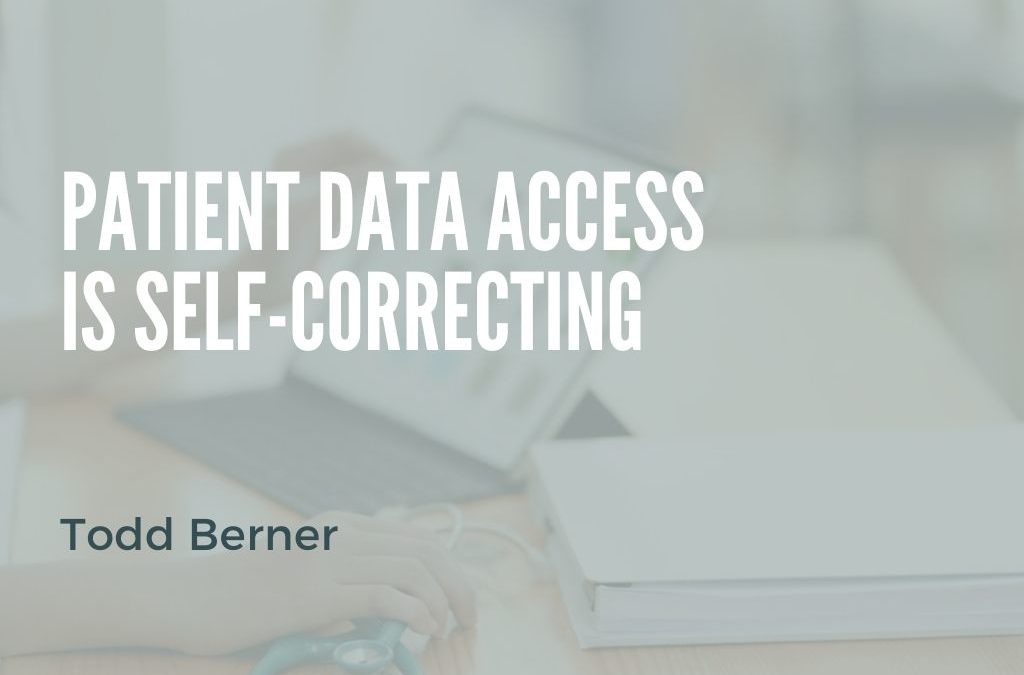The eternal struggle of managing EHRs lies in ensuring that they contain consistent and correct information. With varied infrastructures across care providers and plenty of room for error, it’s easy for a mistake to be lost and never found, potentially leading to harm for the patient. However, research is showing that patient access to their data can help mitigate errors and give a patient more control over their healthcare process.
Research found one in five patients that read their ambulatory visit notes found some sort of error. 40% of these patients perceived what they found as serious. Mistakes included incorrect diagnoses, medical history, medications, and notes on the wrong patient. As healthcare information becomes more transparent, patient input can help correct errors and prevent larger mistakes in reporting and treatment.
While patients have always had access to care notes and information, the process has historically been obtuse. Systems such as patient portals have taken steps to streamline access and present data in a patient-friendly manner. OpenNotes, a movement promoting transparency in healthcare data, is an advocate for patient data access and the trust it can build between patient and provider.
“Patients also say that reading notes helps them feel more in control of their care and builds trust between them and their clinicians,” said Catherine DesRoches, DrPH, executive director of OpenNotes.
A study conducted by OpenNotes found that 77 percent of respondents have looked at their clinical notes at least once. The majority of serious errors (58.9 percent) were associated with diagnostics, including most issues associated with patient-provider communication. However, it’s worth noting that the metrics for these studies allow the patients to define what “serious” means—providers may not agree, or may note serious issues that a patient does not notice.
Still, patient reporting is a good place to start for providers looking for common areas of error with EHRs. The biggest hole in patient reporting is the lack of a process aimed at letting them send feedback to clinicians. The disparity between what patients and medical professionals deem “serious” can be used as the basis for education efforts and prompt conversations with patients about topics such as medication adherence and honest reporting of medical history.
Communication also works both ways—any attempt to make provider notes more transparent comes with the necessity to translate into terms easy to understand for the layperson. Natural Language Processing (NLP) algorithms can help clarify medical terminology and make notes more accessible and usable for patients.
It’s a balancing act, as any attempt at empowering patients to access and interpret their data should be complementary to existing in-person conversations aimed at improving the patient-provider relationship. Even so, recognizing the shortcomings of current EHRs and giving patients the ability to note errors can do what all the algorithms in the world cannot.
